TEXT AND IMAGES BY JC JOHNSON
Prior to the coronavirus pandemic’s disruption, the world had seen a surge in international travel and tourism, forcing many museums and other popular tourist destinations to take crowd control measures.
For example, the Louvre renovated the Mona Lisa’s exhibition space last year and improved traffic flow to better handle the painting’s many, many visitors, who largely view the painting through a sea of cell phones and cameras, let’s be honest.
As a teaching artist, I like to photograph cities and visit museums as a form of artistic inspiration and research. I could argue that unlike some other tourists, I go to art museums to actually view the art, rather than just to say I’ve been there. In these places, I am also often fascinated with how people decide to interact with and “view” the art themselves. Everyone has their favorite works, and everyone has a different reaction—that’s the point of art. But it’s the pieces that attract the most attention without real explanation that still fascinate me.
In honor of this phenomenon and in hope that we’ll all be able to travel again soon, I offer a little treatise on how putting away the camera may just be the best thing you ever did for maximizing your museum experiences.

This is what we strive for and think, in our deepest gut-feelings, that art-viewing should be like:
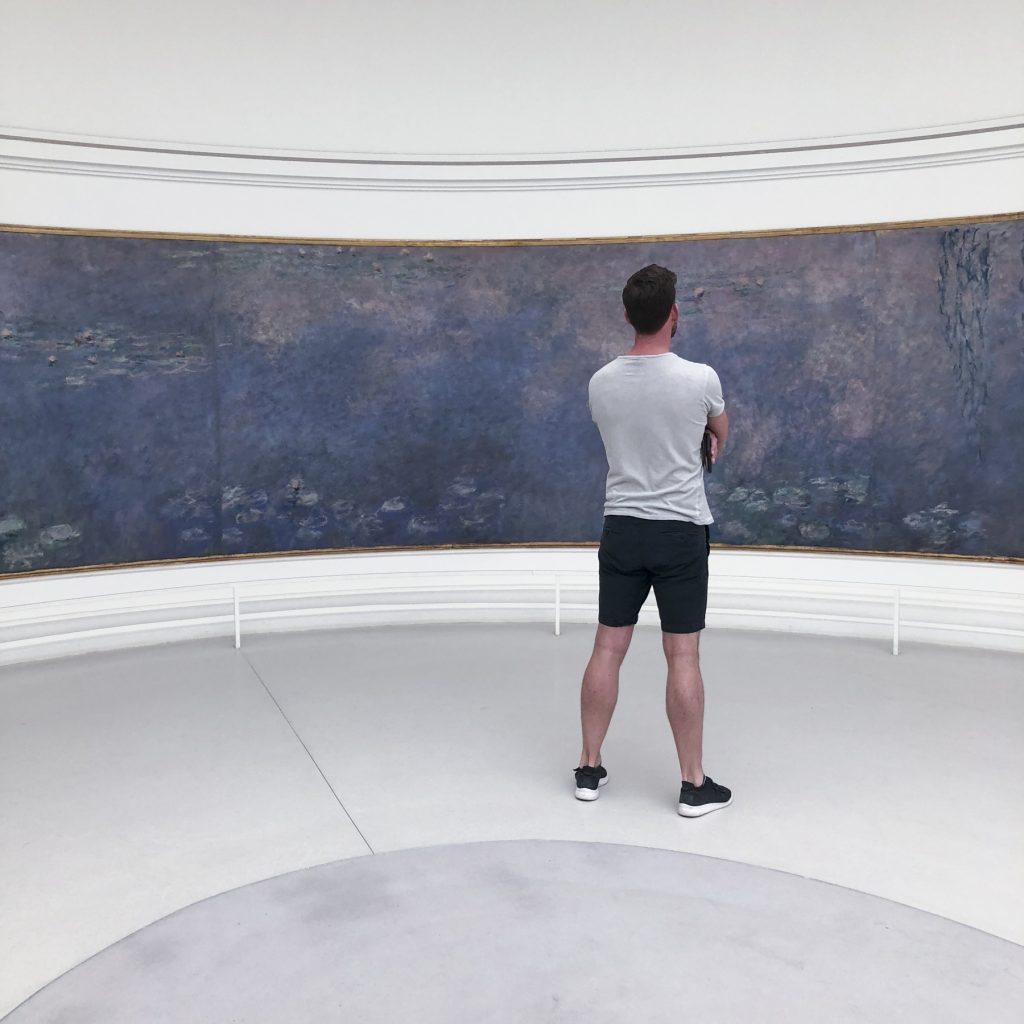
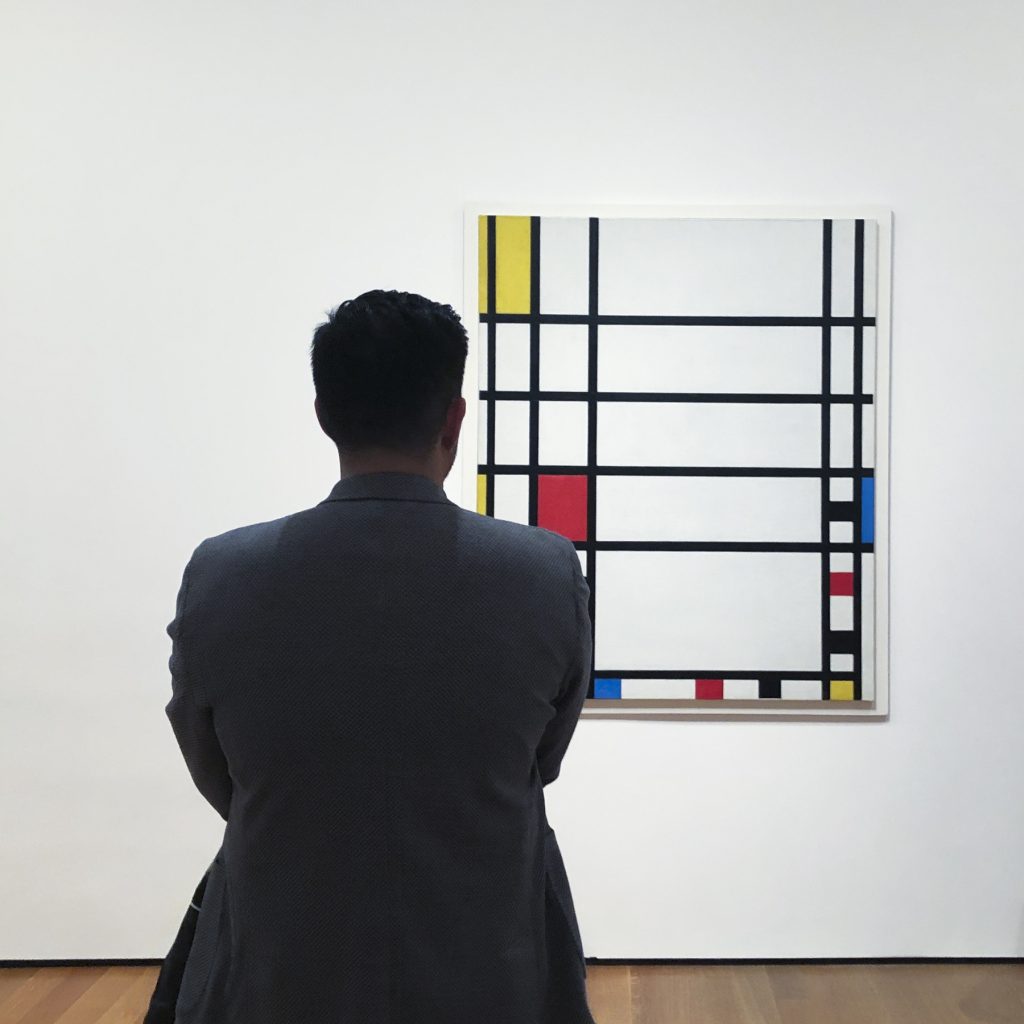
But with the invention of the selfie, our view looks more like this:


Since photography’s beginnings, it’s been synonymous with tourism. Wealthy explorers took photos on top of the Great Sphinx of Egypt as the modern equivalent to scratching “I Was Here” with our initials on the walls of public bathrooms. We want to prove we’ve seen and experienced something, and the photo is our proof. People see your photos of the famous place you’ve visited, and then they want to go too. Social media sites like Instagram have made it possible to easily distribute these tourist photos even farther and wider afield than ever.
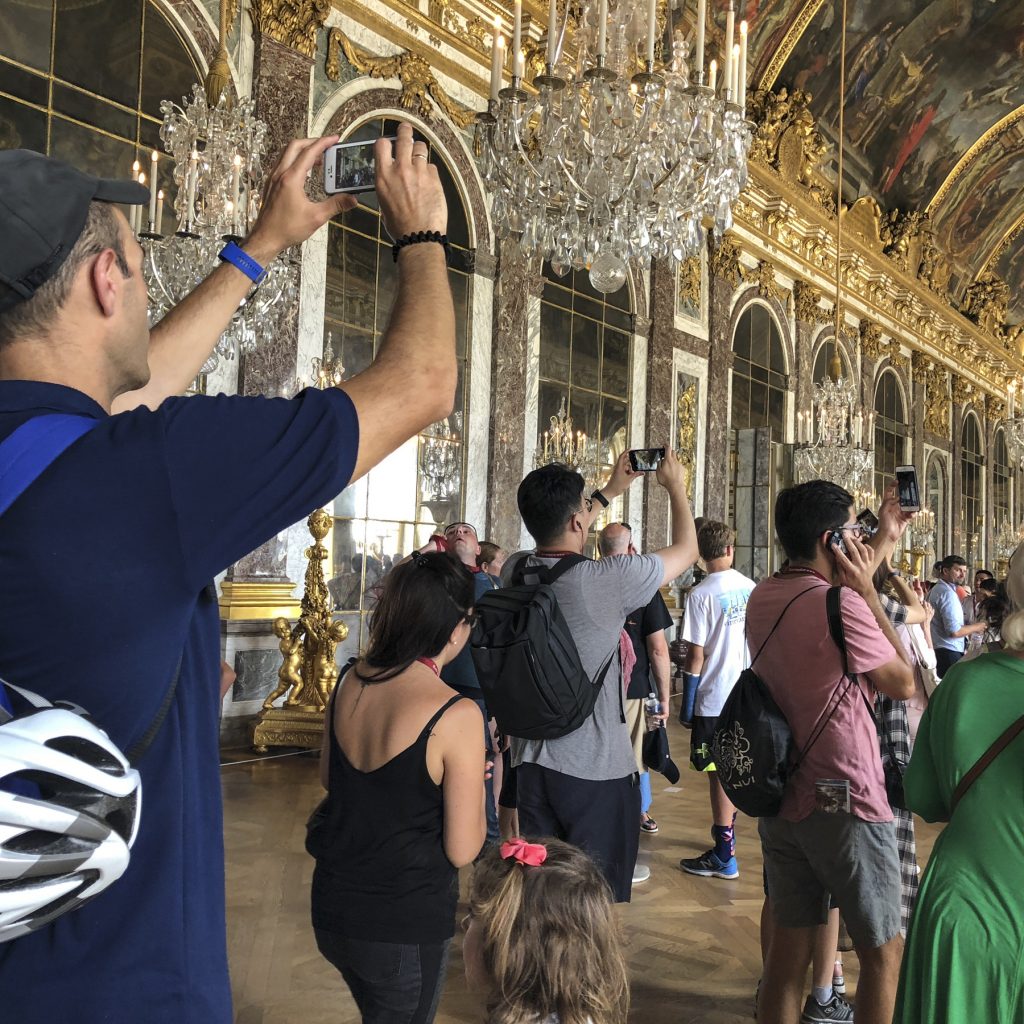
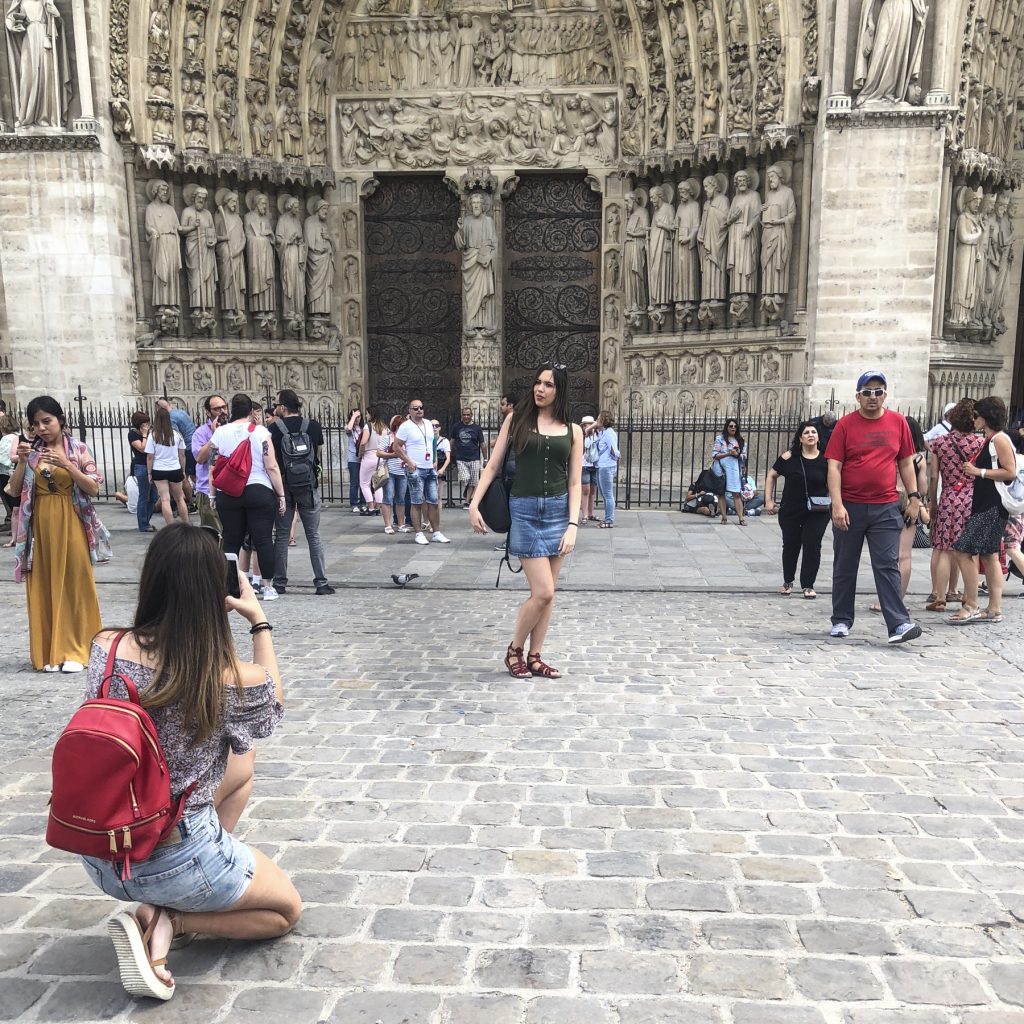


Don’t get me wrong, I love that art is appreciated, and every museum visitor is potentially contributing to the sustainability of the arts. But between museum websites, art publications, and gift shop calendars, why do we still need to photograph the artwork ourselves? Why can’t we just look at it while we’re in front of it?

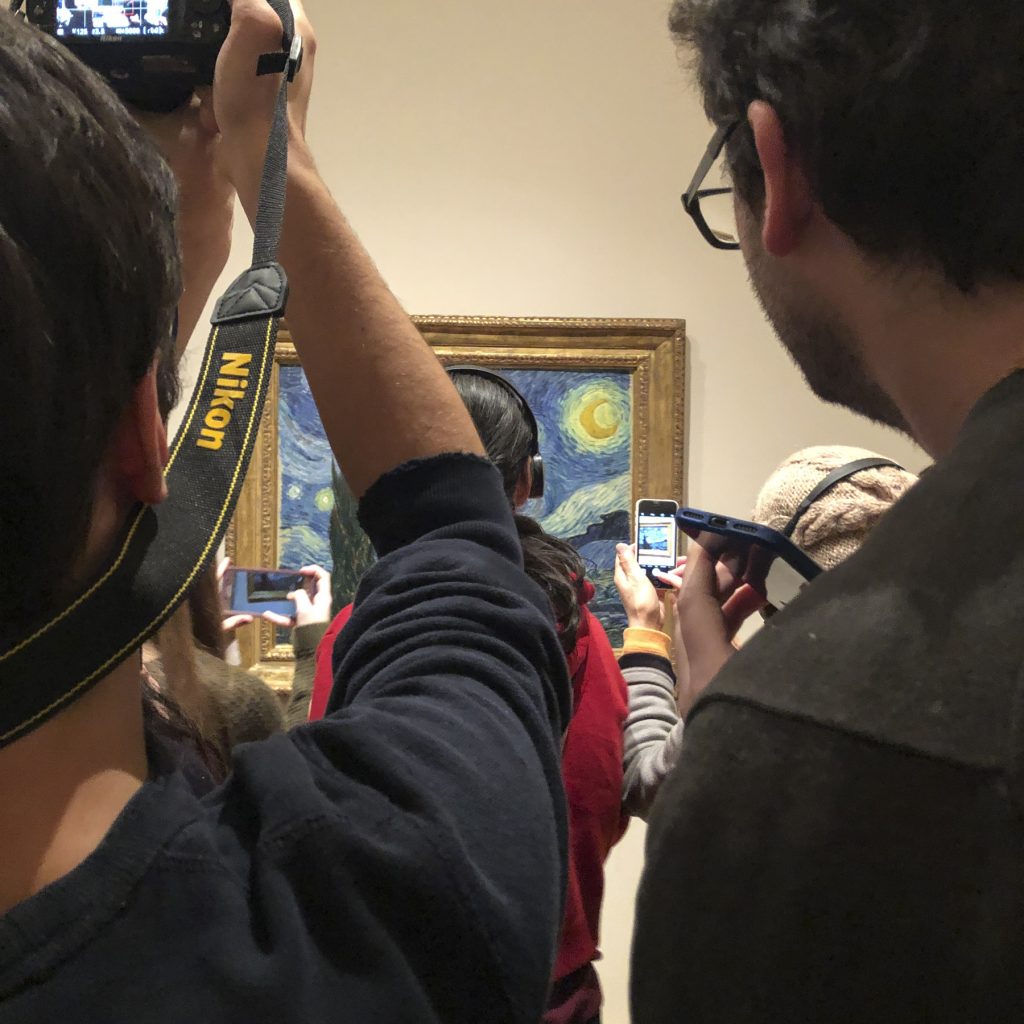
Research has shown that if you photograph something you are experiencing, you will be less likely to remember the event. You have to refer to your photos in order to have any memory of it at all. By photographing that art piece in the few seconds you have to see it without obstruction, you deny yourself the ability to actually view it.
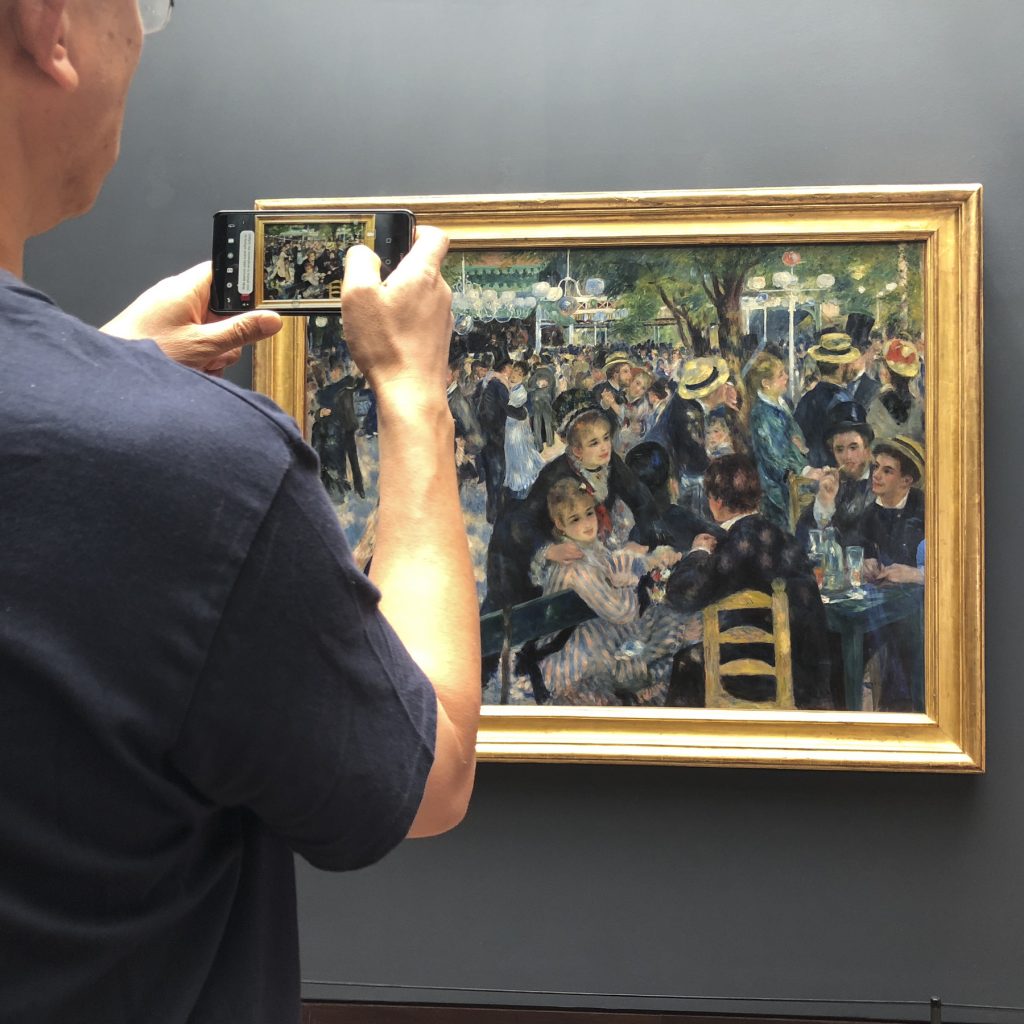

While there may be some legitimate reasons for taking that photograph without actually taking time to look at the object you’re photographing, not every gallery or museum will allow you to take pictures. Rather than grumbling over this, you may instead want to send you a thank-you note, and check the gift shop for a print if you really loved a particular piece of art after you paused in front of it to take it in.
Remember, if you put down your camera while viewing a work of art, then you’ll actually be more likely to remember it in all its in-person glory—and you’ll give the short person behind you the chance to see it too.


JC Johnson, Anthrow Circus's creative director, spends most of her time as a photography and arts instructor in Nashville, Tennessee. She is often overwhelmed with wanderlust, photographs internationally, and has a passion for travel and study abroad as both an artist and instructor. Her photographic work makes associations to childhood as well as to the nostalgic and the whimsical. Common themes in her photography include European architecture and history, fashion, travel, toys, and miniatures.










